Abyaneh
Abyaneh-in progress.
Being a village of great antiquity, Abyaneh is like a living architectural and anthropological museum. It affords an impressive exponent of the adaptation of man with his environment.
It is located on the north-western slope of Mt Karkas. It is 2500 meters above sea level and 80 kms away from Kashan.
Abyaneh is mainly watered by the river of Barzrud, set on the slope of the lofty mountain of Karkas, this village has a cold climate and enjoys numerous springs creating a favorite condition for agriculture.
Considering the evidence found in Abyaneh, it dates back to antiquity, but its golden age was during the Safavid period.
The word Abyaneh has been derived from the word "viona" meaning willow grove. (In the local dialect "vey" means willow.)
The village is expanded along the river, and it's configuration indicates that in the past the people showed much consideration for security. Although the village itself is situated on high ground, there are three castles that protected the people when the enemy attacked.
Furthermore, the configuration of Abyaneh protects it from strong winds and floods.
Abyaneh has a compact fabrication with narrow and steep alleys. Set on the slope of the mountain, the houses are arranged in a stair-step shape, the houses' roofs are the yards of the others. The materials used for building the roofs are timbers, straw and clay. The walls, built by red mud bricks are
impressive. The mud bricks are of quality that become harder when they are exposed to the rain. To use the sun as much as possible, the houses face the east. An impressive aspect of Abyaneh's architectures is that the houses are uniform in appearance. The doors, most of which have two knockers, are
wooden and built in traditional styles. There are beautiful patterns, poems and the names of the owner and mason carved on some doors. These poems afford a good picture of the old Iranian culture. Many facades date back to the Safavid period.
Beside the door of many houses there are small platforms providing place for passers-by or local residents to rest for a while.
The simplicity found in Abyaneh's houses affords a picture of life in rural Iran. Each room is used for various purposes. For example, a single room may be used as a dining-room, a sitting -room, a bed-room and a guest-room. To economize in the use of fuel, the rooms used in winter are architecturally different from those used in summer. For providing equal light for all parts of the rooms, there are several small openings in the roofs. The size of the rooms, windows and doors all ndicate
the simplicity of life in this old village.
Abyaneh is called an entrance to the Iranian history. In some of the houses there is earthenware belonging to a few hundred years ago. The local traditional clothes are in style of great antiquity.
The language spoken is Pahlavi-e-Dari (an Iranian language of the Parthian people who were inhabitants of an ancient country to the southeast of the Caspian Sea, now a part of NE Iran).
In addition to natural beauties, there are several historical monuments in Abyaneh, all of these attracts many tourists to visit Abyaneh.
Photo by HORIZON, Iran.

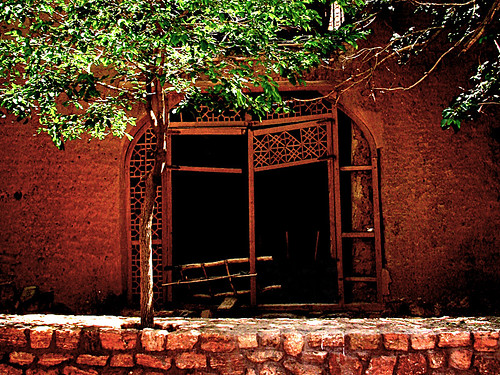
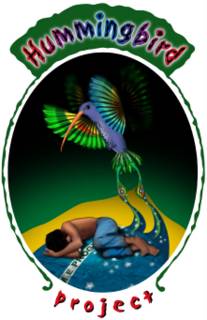



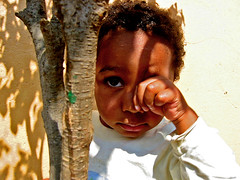
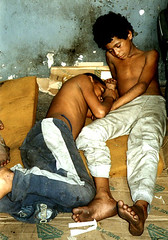


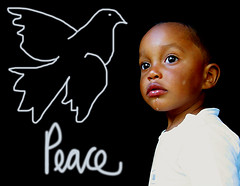




1 Comments:
www.bia2abyaneh.blogfa.com
www.viunj.blogfa.com
Please See
Thanks
Post a Comment
<< Home